Bringing home a new kitten is an incredibly exciting time – and a critical one for their development. The way you set up your home and interact with your kitten in the early days can shape their confidence, trust, and behaviour for life. Getting the basics right from the beginning can make all the difference.
Animal behaviourist, Mark Vette has worked with thousands of companion animals and shares a comprehensive list of essentials for every new kitten owner. Plus, some optional extras that make life easier and help your kitten grow into a happy, sociable cat.
The Essentials
Travel crate
A crate or small covered carrier is useful not only for trips to the vet, but also as a cosy retreat at home where your kitten can rest and feel safe. Choose one that's snug and secure, ideally with solid sides or partial coverage to give your kitten a sense of privacy. Familiarity with the crate helps reduce fear when it's time to travel.
Soft bed for sleeping
A warm, comfy bed helps your kitten feel at ease. You can place it inside their crate or in a quiet, low-traffic area of the house where they can safely nap. Many cats love small, enclosed beds or igloo-style hideaways.
Playpen or a safe room
To help your kitten feel secure while they adjust, consider setting up a playpen or confining them to one kitten-proofed room at first. This reduces stress, prevents accidents, and allows you to manage their environment until they’re more confident and familiar with your home.

Mark Vette is a world-renowned Animal Behaviourist, Zoologist and Trainer. He brings together a unique combination of academic studies with 40 years of applied clinical animal behaviour consulting and treatment. Mark is a member of the International Association of Animal Behaviour Consultants. This article was written by Mark and the views expressed are his own.
Litter tray
Essential from day one. Use a shallow tray with low sides for young kittens, and place it in a quiet but accessible location. Avoid scented litter at first, and scoop daily to encourage good toileting habits (cats are meticulous creatures!). You’ll need at least two of these in different areas of the home.
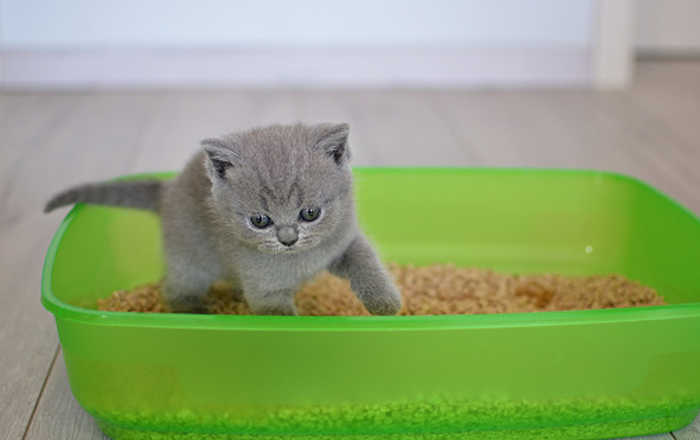
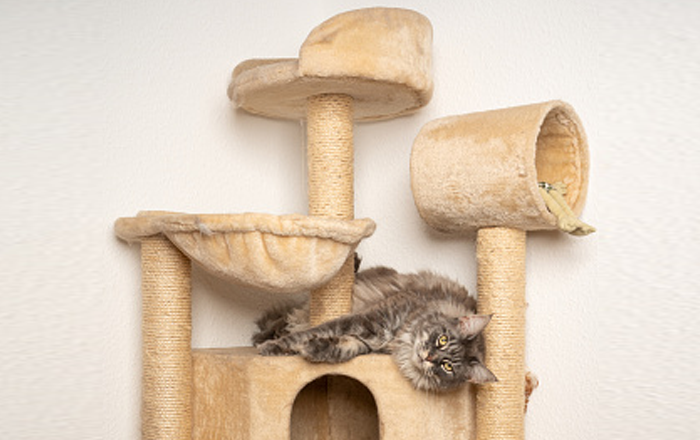
Scratching posts
Cats need to scratch – it’s how they stretch, mark territory and maintain their claws. Provide both vertical and horizontal scratchers to encourage appropriate scratching and protect your furniture.
Kitten food
Choose a premium, complete and balanced food formulated specifically for kittens. They have higher protein and calorie needs during their rapid growth phase. Feed small, frequent meals through the day.
Food and water bowls
Ceramic or stainless steel bowls are best – they’re hygienic, stable and easy to clean. Many cats prefer wide, shallow bowls that don’t touch their whiskers. Ensure fresh water is always available, and consider a pet water fountain if your kitten prefers running water. Avoid conjoined food and water bowl set ups, many cats prefer to have their water at a slight distance from their food.
Toys
Play is essential for a kitten’s physical coordination, confidence, mental stimulation and bond with you (especially important for indoor cats). Include a mix of toys – wand toys for interactive play, small toys to chase and bat, and soft toys to wrestle. Always supervise with string-style toys and rotate options to keep things interesting.
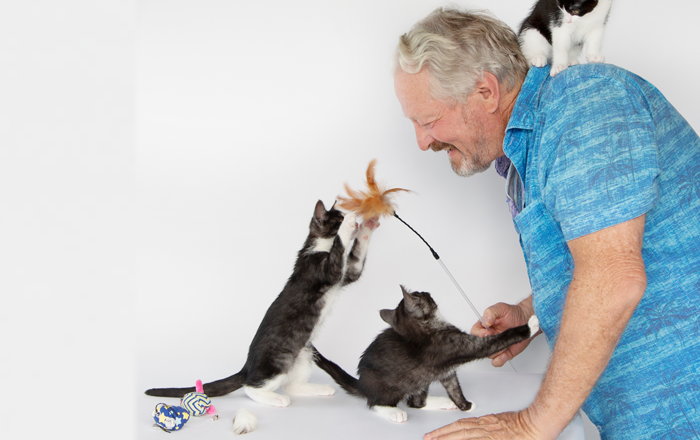
Kitten-safe grooming brush
Start brushing early to get your kitten used to being handled. It helps reduce shedding and is a great bonding activity.
Optional (but incredibly useful!)
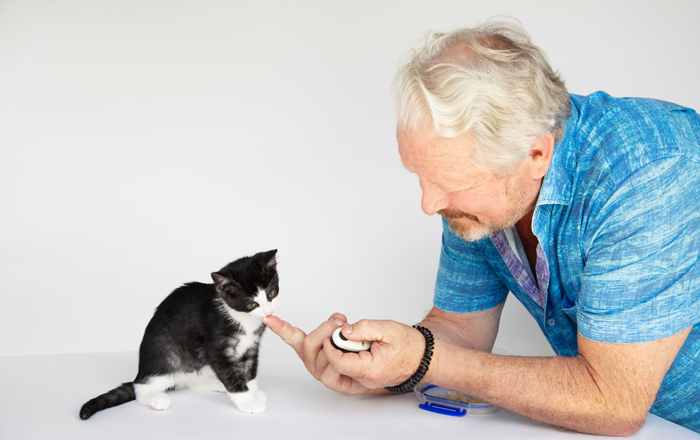
Clicker
Yes, you can clicker train cats! It’s a fantastic way to build trust, encourage calm behaviour, and teach useful tricks and life skills (like going into their crate or coming when called).
Training treats or reward food
If you're clicker training or teaching basic behaviours like coming when called, you’ll want a small, soft treat your kitten loves. Use sparingly – many kittens respond beautifully to a little cooked chicken or commercial treat made for kittens.
Puzzle feeders and enrichment toys
Mental stimulation is just as important as physical play. Food puzzles, snuffle mats, or slow feeders engage your kitten’s brain and encourage natural hunting behaviours.
Window perch or climbing tree
Cats love to climb and observe their world. A cat tree, wall shelves or a secure window perch provides vertical territory and helps your kitten feel safe and stimulated.
Cat door
If your cat will eventually be allowed outside, consider installing a microchip-activated cat door for controlled access.
Harness and lead
Cats adapt well to walking on a harness and lead, if you introduce it early enough. This allows them to come on outings with you and explore new and exciting areas! A great option to give outdoor stimulation to indoor cats, in particular. Travel conditioning is a big part of my recommended cat training to help build emotional resilience.
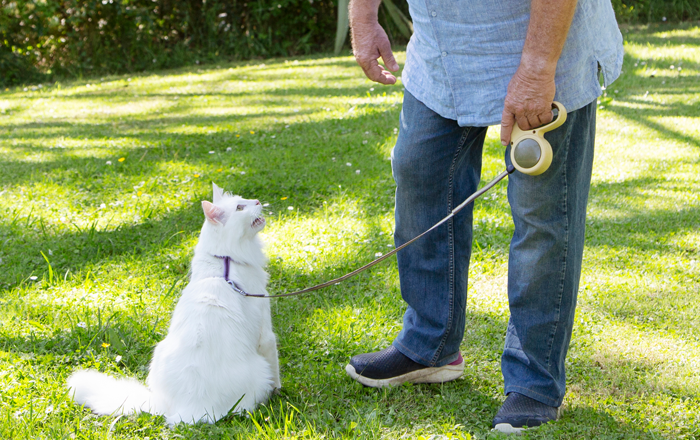
Feliway diffuser
This synthetic feline pheromone helps calm nervous or anxious kittens. It can be especially helpful in multi-cat homes or during the early adjustment period.
Good luck with your kitten!
Creating a calm, enriched, and safe environment sets your kitten up for a lifetime of confidence and connection.
A little preparation goes a long way toward preventing future problems like fearfulness, destructive behaviour or toileting issues. With the right tools and plenty of love, your kitten will thrive in their new home.
Always consult your vet on the best way to look after your pet. And to avoid unexpected costs, make sure your pet is insured.
Have a look at our pet insurance plans to choose the right insurance plan for your pet.
